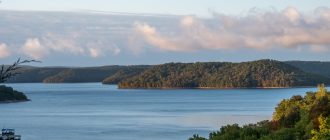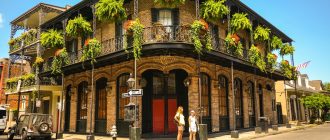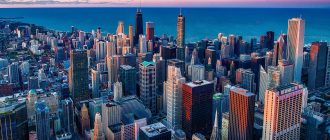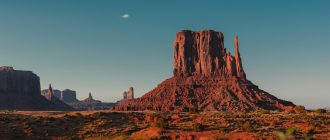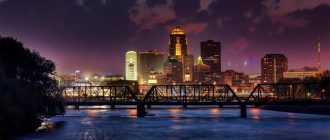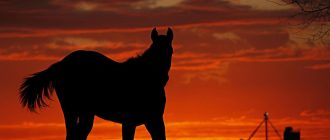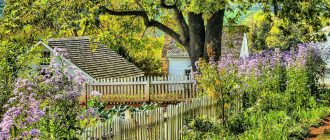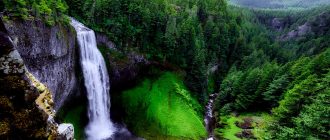Things to Do in Utah
When planning your vacation in Utah, you’ll want to plan a day trip to one of the state’s many national parks. Canyonlands National Park is the most popular, but you can also explore Bryce Canyon and Antelope Island. And don’t forget to check out Mirror Lake, one of the state’s most beautiful lakes. There’s plenty to see and do in Utah, but these places are just a few of the highlights!
Canyonlands National Park
One of the five big parks in Utah is Canyonlands. The park is huge, spanning 527 square miles. The Colorado River and Green River have carved the canyons into the bizarre shapes they do. You can spend a day exploring one or more districts in this incredible national park, but it is best to start with Island in the Sky. From here, you’ll be able to admire the canyons from various vantage points.
While the Park is vast, the Canyonlands’ four districts contain varying scenery and geology. The Island in the Sky district is home to 75% of the park’s visitors. The Needles and The Maze districts, which are relatively less popular, are equally beautiful. Even though the park is relatively low in elevation compared to other desert parks in Utah, temperatures in Canyonlands can change rapidly. Be sure to pack layers and apply sunscreen as necessary to stay comfortable.
Bryce Canyon National Park
One of the most popular national parks in Utah, Bryce Canyon, is located in southern Utah. It is a popular tourist attraction with over 36,000 acres of scenic land. There are numerous things to do in Bryce Canyon, including hiking, horseback riding, and camping. Whether you’re an avid hiker or just looking to take in the scenery, there’s sure to be a trail to suit your needs.
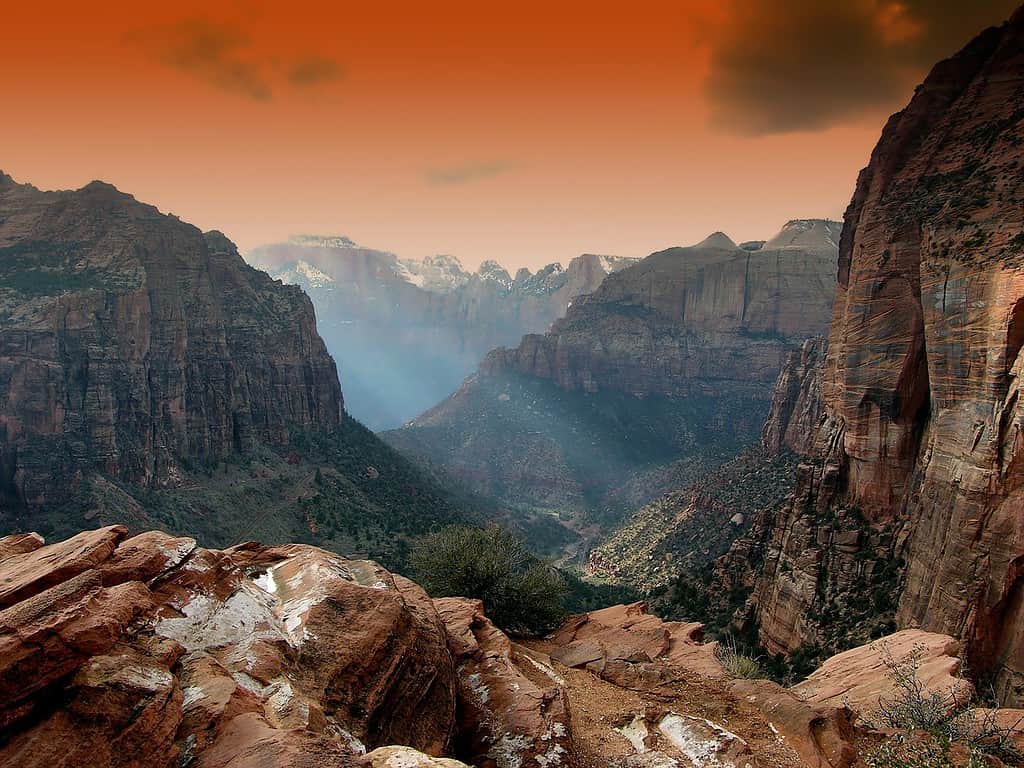
If you love the dark sky, Bryce Canyon offers several nighttime hikes, including ranger-led night hikes. There are also additional trails and routes available to hike around the canyon. The park’s astronomy festival is another popular attraction. While hiking through the canyon, be prepared for crowds; there is only one parking space per four cars. If you plan to camp, use a Bryce Canyon itinerary to ensure you don’t miss out on anything. You’ll also want to read about the best restaurants and lodgings in the park.
Visiting Bryce Canyon in winter or spring is one of the best ways to see the red rock formations. While it’s open all year, temperatures are usually near 80 degrees in July and December. During the winter, there is still snow and the park is also subject to unpredictable weather. If you don’t mind the weather, you can visit Bryce Canyon in winter, as temperatures will be cooler.
Antelope Island
If you’re planning a vacation in the Salt Lake area, consider visiting Antelope Island, a 42-square-mile peninsula in the southeastern part of the Great Salt Lake. It’s one of ten islands on the lake, and its low water levels turn it into a peninsula. Whether you’re traveling for work, pleasure, or just a fun family day out, there are plenty of things to do on Antelope Island.
Visit Antelope Island, an island state park on the Great Salt Lake. This island is home to bison herds and is a popular destination for wildlife viewing and annual events. You can hike or bike on the island, and even enjoy swimming in the Great Salt Lake. If you’re a stargazer, you can enjoy the island’s stunning night sky with the help of a telescope.
While exploring Antelope Island, consider spending a day at the Fielding Garr Ranch, once the site of the largest industrial sheep herd in the west. You’ll find out how the island was made and its fascinating history. You can also camp at Antelope Island’s campgrounds, which are plentiful. Just remember to bring your camera. Antelope Island is a must-see for any Utah vacation.
Mirror Lake
Mirror Lake is a popular recreation and fishing destination. It contains three species of trout. Mirror Lake is also home to a Forest Service campground, picnic facilities, and a boat ramp for non-motorized watercraft. This recreational area is perfect for a family getaway. You’ll enjoy the beautiful scenery, three-species trout, and easy access to water sports and other amenities. You can spend the day fishing, kayaking, or relaxing in the picnic area.
A scenic drive around the lake will reward you with a great view of the surrounding mountains. You’ll also find a boat ramp on Mirror Lake’s eastern side. The lake is a popular spot for fishing, but you’re likely to have to fight mosquitoes in the late afternoon or early morning. However, this small nuisance is worth it for a memorable camping trip. After all, the view of the beautiful mirror lake is a sight to behold.
While the Mirror Lake Campground offers vault toilets and drinking water, the area is often mosquito-infested in early summer. The Mirror Lake Campground is a perfect destination for a family vacation. A dog-friendly environment means your pet can run freely in the lake without a problem. You’ll also find it easy to spend hours on a floatation device.
Zion National Park
For hikers in Zion National Park, the best time to visit is during the cooler months when temperatures do not exceed 100 deg F/38 deg C. But be warned that the summer season can be hot and humid; temperatures can easily reach 90 degrees F/32 degrees C. Also, thunderstorms and heavy rain are common during the summer, so some trails and areas may be closed due to excessive rainfall. Moreover, checking the weather before heading out for the hike is recommended, as heavy rainfall can cause flash floods.
The Zion Canyon is the best place for hiking. Hikers can take the Angels Landing trail, 5.4 miles long, and the 16-mile-long Narrows trail, which is surrounded by 1000-foot-high cliffs. Other hiking trails include the Pa’rus Trail, a flat, easy 3.5-mile trail, and the Canyon Overlook Trail, a one-mile walk along the rim of a canyon.
Canyonlands Scenic Drive
For a fantastic drive, check out the Canyonlands Scenic Drive in Utah. This 34-mile road travels through the canyon, offering spectacular views of deep sage plains. It ends in the ghost town of Cisco. Once you’ve driven through Canyonlands Scenic Drive, you can continue on to the Needles District of Canyonlands National Park. You can enjoy a spectacular view of Newspaper Rock, the country’s largest collection of petroglyphs.
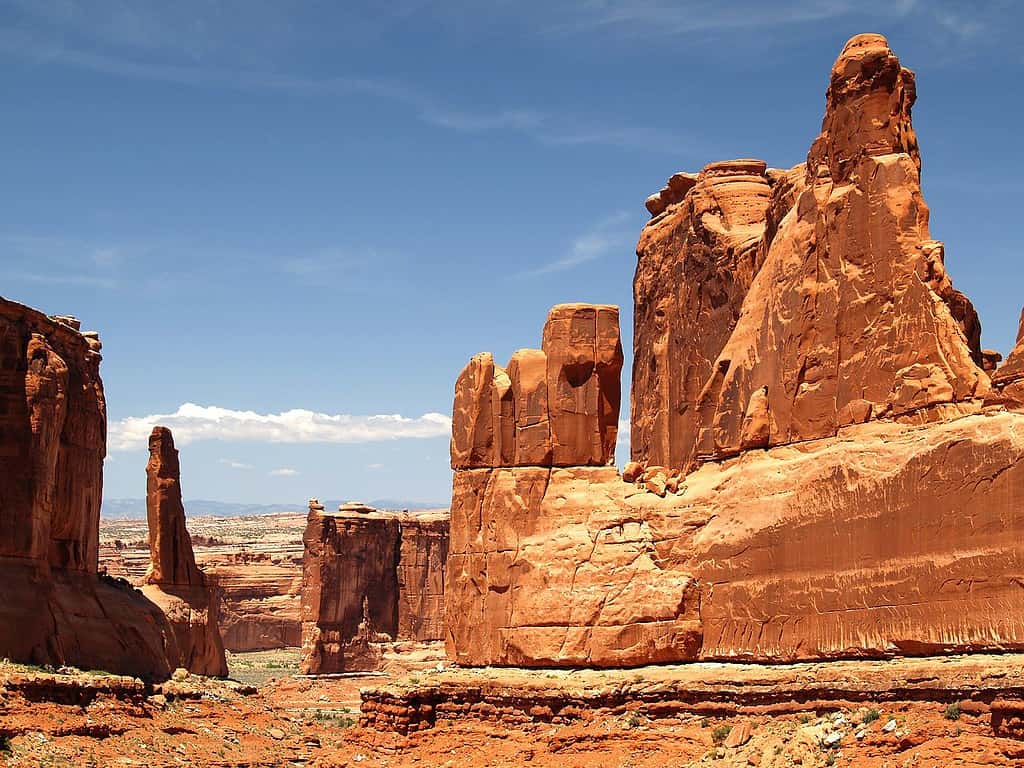
In addition to the scenic drive, you can enjoy other scenic views while exploring the area. A short drive from the Visitor Center, the Dead Horse Point Overlook offers stunning views of Canyonlands National Park. It features a covered picnic shelter, a large parking lot, and more viewpoints. In addition, you’ll enjoy the panoramic views that extend for more than a hundred miles. It’s best to plan your trip according to your own interests and availability of time.
Another must-see attraction along the drive is the Gemini Bridges. The double arches of this natural archway are 0.7 miles away from the road. These bridges were built centuries ago by native Americans living on the canyon for thousands of years. The Gemini Bridges are one of the most popular attractions in Moab. You can walk through them, but you should plan some time to take photos.
Temples of the Moon and the Sun
The Temples of the Moon and the Sun in Capitol Reef National Park are incredible structures. The Temple of the Sun is 1.8 miles round-trip and is a fast hike. The trail up to the temples is a short climb up a rocky saddle. The hike up to the temples is not very difficult but be warned that the hike can be a bit sketchy. We recommend doing this hike in the afternoon when the sun is at its highest point.
Visitors should allow at least two hours to explore the monuments. The Temple of the Moon is a popular place to take photographs and can be accessed via a dirt road about two miles outside of the park. The temples are best photographed early in the morning, and around the spring and fall solstices. Visiting the monuments at dawn is also a great bonus. You can take photos of the Sun from the Cathedral Valley Road and Glass Mountain as well, but be careful not to get too close as the sandstone cliffs are incredibly sharp.
Lake Powell
Lake Powell is an artificial reservoir on the Colorado River. It is a popular vacation destination with two million visitors each year. The lake is home to many water sports, hiking, fishing, boating, and much more. Whether you want to relax and unwind on the shore or go on a thrilling adventure, Lake Powell is a must-see destination. Here are some tips for planning your trip to this beautiful lake. Read on to learn more about the top things to do at Lake Powell.
The water surrounding Lake Powell is deep and blue and surrounded by red sandstone cliffs. Once above the Colorado River, the lake now forms a series of cliffs along its shoreline. The flooded canyons have now been left mostly submerged, with some resembling the federal designations. Boaters can take advantage of the calm waters to spend the day at the lake, while still enjoying the beauty of the natural landscape.
Best Sightseeing in Utah
If you’ve never visited this landlocked state, you’ll want to start planning your trip now. Here are some of the best places to go sightseeing in Utah: Canyonlands National Park, Zion National Park, Coral Pink Sand Dunes State Park, Monument Valley Tribal Landmark, and more. After you’ve made your reservations, make time to visit them all. Whether staying in a hotel or renting a car, these places make a great base for your next vacation.
Canyonlands National Park
The vastness of Canyonlands National Park makes it one of the best sightseeing destinations in Utah. Its four districts are divided by the Colorado River, Green River, and Island in the Sky. Each has its charm, with a variety of scenic views. Depending on your time, you can visit each area in a day or take a longer tour. Canyonlands Island in the Sky district is the most accessible if you only have time for one area.
Canyonlands can be visited anytime, but spring and fall are the best times. Summers can be scorching and bring temperatures well above 100 degrees. However, summers are also unpredictable, with rain or snow falling in other parts of the state. For the best weather in Canyonlands, plan your trip. In the winter, temperatures rarely drop below 50 degrees but can reach as low as zero on some nights. If you happen to visit during the winter, wear a heavy sweater, as light snow can cause trails to become impassable.
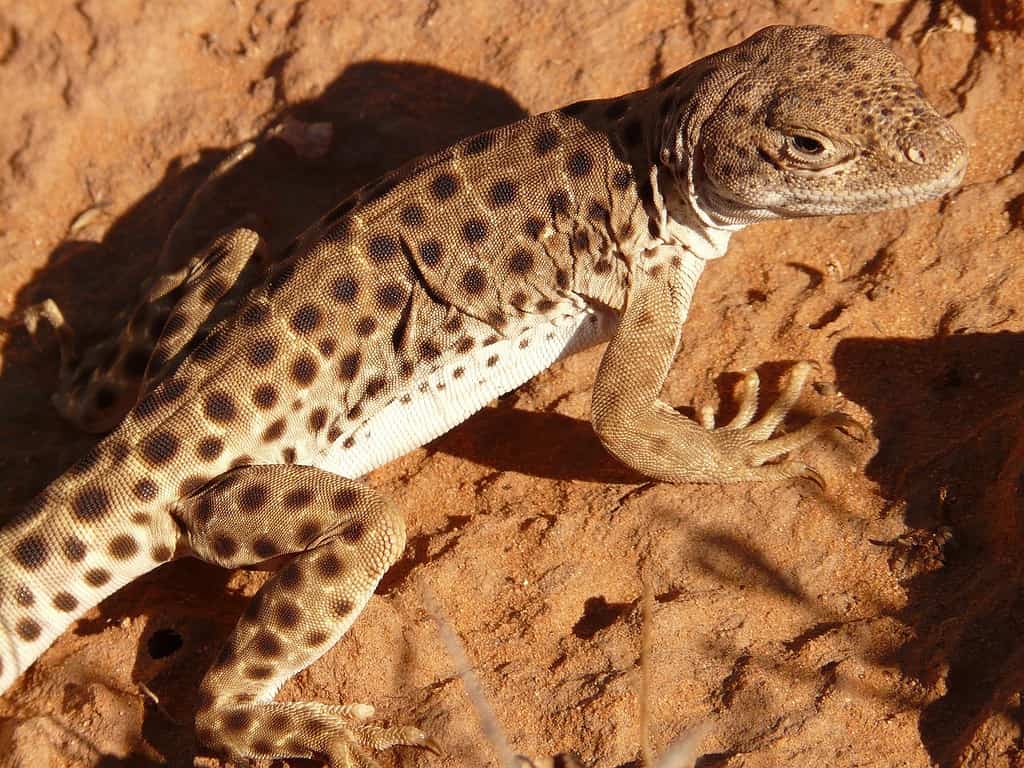
Visiting Canyonlands is a challenging experience if you’ve never been there before. It’s so vast that you may not be able to see it all in one day. Ideally, you’ll spend at least four or five days exploring the park. Ideally, you’ll spend at least two days visiting Canyonlands and driving about 100 miles per day. Since the Canyonlands is not connected by roads, you’ll have to hike or drive a considerable distance to reach each area. You’ll need a 4×4 or hiking experience for this experience.
Besides hiking and biking, you can also enjoy the scenic scenery at Dead Horse Point State Park. The park is halfway between Moab and Canyonlands. Visiting this park’s most remote unit is an adventure that requires some basic survival skills and a sturdy car. If you’re not up for hiking or camping, you can choose to visit the park’s visitor center. The tranquility is well worth the effort.
Zion National Park
If you’re looking for the best sightseeing in Utah, you can’t go wrong with Zion National Park. With its vast ionic features, this park is the best place to see the night sky. The Zion-Mt Carmel Highway is an ideal stargazing spot and plenty of places to pull over for a breathtaking view. The park’s nighttime landscape is virtually pitch black, which is ideal for stargazing.
After zion, take a day trip to the nearby Capitol Reef. These dome-shaped formations are reminiscent of marine reefs, and they are filled with ancient architecture and pictographs. As part of the International Dark Sky Park, you can even see a spectacular night sky. If you can get out of the park early enough, you can spend a whole day exploring the surrounding area. After a long day of sightseeing, you’ll be ready for the next adventure.
One of Zion’s most iconic attractions, the Checkerboard Mesa, is another must-see for any visitor to the park. It’s not on the free shuttle route but accessible via car. Located just inside the park’s East Entrance, the Mesa is a sandstone butte covered in vertical cracks caused by stress and wind. It makes for an incredible photo opportunity.
If you’re planning a trip to Utah, consider visiting the park’s many attractions, including the canyon. The Zion Visitor’s Center is conveniently located off Highway 9, and you can reach it by car from either Springdale or the East Coast. If you plan on driving, don’t forget to take the scenic route from Springdale. You’ll also find numerous restaurants and accommodations within the park.
To see Zion from an automobile is a unique experience. During the summer, you can take a shuttle from the visitor center to the Temple of Sinawava and enjoy the views from the car. This is an incredibly scenic drive and offers an opportunity to take photos from the car. The park’s roads are paved, so you can rubberneck at every turn. In winter, you can also drive around the park on your own. The best time to visit Zion National Park is during spring or summer.
Coral Pink Sand Dunes State Park
The stunning Coral Pink Sand Dunes State Park is located in southwestern Utah between the towns of Kanab and Mount Carmel Junction. It is located off of U.S. Highway 89 south of Kane County. The park is known for its red sandstone cliffs and pink-hued sand dunes. This state park is a must-visit if you’re looking for a unique experience.
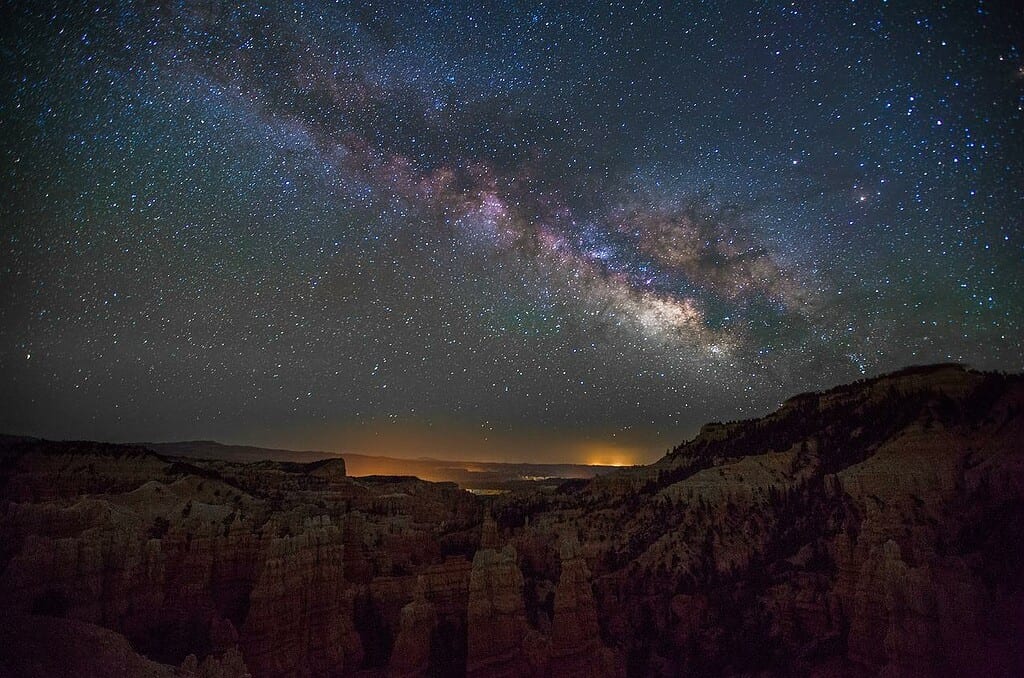
The dunes are a favorite of dune-buggy enthusiasts. There’s a separate entrance to the park from Zion. Increasingly, this place attracts nature enthusiasts and dune-buggy enthusiasts. Some people enjoy playing with motorized toys while others hunt for scorpions or lizards. Sunrise is a spectacular time to visit, when the dunes are alive with colorful sunrises.
Aside from the dunes, the park is located near several popular national parks and other top attractions. Located about thirty minutes drive from Coral Pink Sand Dunes, you can also visit the Zion National Park’s East Entrance, which is open only during summer. Another 90-minute drive from the park will take you to Bryce Canyon National Park, one of the most spectacular places to see the Milky Way.
If you plan a trip to Utah, you can visit the Coral Pink Sand Dunes State Park and Zion National Park. It is a perfect side trip while you’re on a Zion National Park excursion. You can visit the dunes at any time of the year, but the best times to go are during spring or fall. Wildflowers peak in June. Summer and winter are warm and chilly, with the odd snowfall.
Another highlight of the Coral Pink Sand Dunes State Park is the nocturnal animals. Many nocturnal animals and wind-blown plants live here. These animals are prevalent in this area. You can even get a glimpse of a rattlesnake if you want. You can also hike along the trails that are not marked but aren’t easy to follow.
Monument Valley Tribal Park
There are many things to do in Monument Valley. You can tour the museum and view the signatures of John Wayne. The park also has a restaurant, camping, and hotel. If you’re a nature lover, you can hike the Mittens loop. This hike takes you around three miles and starts at sunrise. You can also visit the nearby Mitten Buttes. Whether you’re a first-time hiker or you’re just looking for a scenic hike, you’ll find everything you need to get there.
The spire, referred to as the Totem Pole, is a 150-foot tall stone monument. It stands beside the Yei be Chei formations. In the background, you can see Hunts Mesa. You’ll also want to see the orange-red dunes at Sand Spring. These are a great photo opportunity. And don’t forget to stop by the Three Sisters. The red-orange desert floor is spectacular!
A few years ago, the town of Monument Valley was inhabited by Navajo Indians. The area was the setting for several Western movies, including the iconic Stagecoach. This valley also features a plethora of commercials and music videos. With all of these things to see, it’s no wonder that it’s one of the best sightseeing spots in Utah.
The monuments are located near the Mexican Hat town. The park is accessible via US-163, just north of the Arizona border. Entrance to the park costs $20 per vehicle, which provides access to the park’s 17-mile loop road. Once inside, you can explore the valley by driving along the loop and buying some handmade jewelry and a dyed wool rug. It’s worth spending a day here!
While visiting Monument Valley can be enjoyed all year long, winter is quieter and less crowded. It may snow between mid-December and early February. Temperatures range from 6degC to ninedegC (or -4 to 25degF). A gift shop in the park’s visitor center is a nice addition to your trip. If you’re planning to stay overnight, check out the restaurant and cabins in Monument Valley.
Top 5 Places to Visit in Utah
When you’re planning a vacation to Utah, there are many amazing places to visit. This article will highlight some of the best places to visit in Utah. Visit Monument Valley, Red Cliffs conservation area, Dead Horse Point State Park, and Snow Canyon state park to see the beauty of these areas. Also, don’t forget to check out the Sundance Film Festival if you’re in the mood for an outdoor adventure.
Monument Valley
Oljato-Monument Valley is a census-designated place in San Juan County, Utah. The town is known for its large, ancient monoliths and sandstone canyon walls. The town is home to several museums and galleries and is a popular destination for outdoor enthusiasts. Its natural beauty is unmatched, and there are many things to do in Oljato. The town is a popular tourist destination, but you can also enjoy the scenic surroundings by taking a float trip on the San Juan River.
While you’re here, be sure to plan your trip accordingly. Although Monument Valley is open all year round, certain seasons have their advantages and disadvantages. For example, spring and fall are better for visiting because of the weather conditions. The temperature is usually warm during the day, but the chilly nights can make the entire experience even more enjoyable. If you’re traveling with kids, you’ll want to consider visiting the monument valley in the summer or in the fall, when the sun is still out.
Monument Valley is the site of several popular Hollywood films, one of the country’s most iconic landscapes. It was the backdrop for hundreds of westerns, including Stage Coach and Cheyenne Autumn. Some of the most popular films shot in the valley include The Big Lebowski, Forest Gump, and Mission Impossible. For those of you who love the movies, you may even want to take the time to visit Monument Valley while you’re here.
Snow Canyon state park
If you’re visiting Utah, be sure to visit Snow Canyon State Park. Located in the Red Cliffs Desert Reserve, the park features an extinct Santa Clara volcano, lava flows, sand dunes, and a carved canyon in red Navajo sandstone. The park also has some of the best desert views in the country, so plan a day trip here.
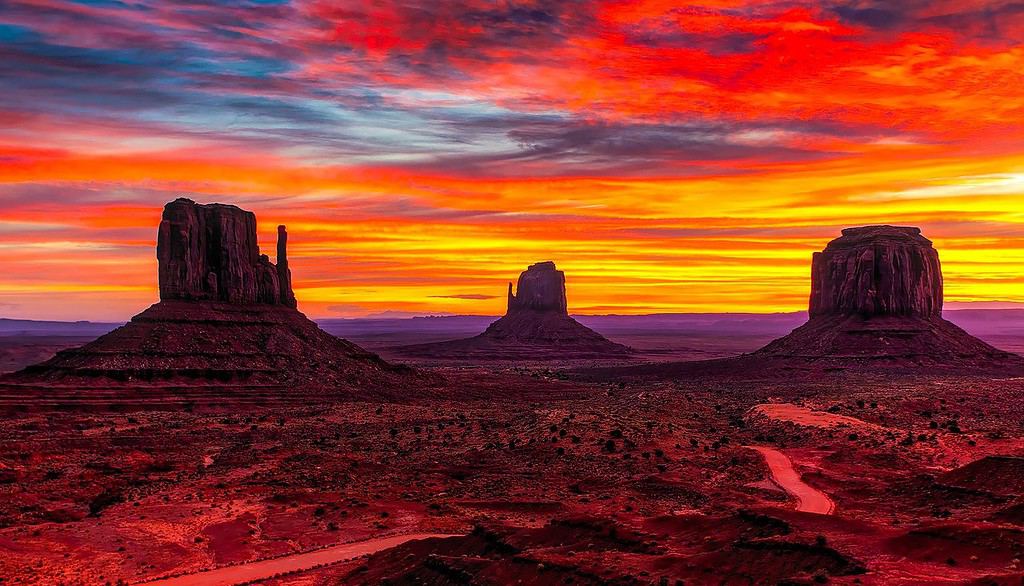
There’s not much room in this park, but it offers a wide variety of activities, including hiking, camping, and a unique slot canyon. Other attractions include lava tubes and ancient artifacts. The state park also features a Visitor Center and a Junior Ranger Program. It’s also close to St George, which makes it an ideal place to get away from it all.
Hikers can enjoy the area’s trails, which include petrified sandstone, lava tubes, and a scenic drive. The park also offers hiking, bird watching, and photography opportunities. Hikers will appreciate the 38 miles of trails, including a three-mile paved trail. It’s the perfect place for the casual outdoor enthusiast and for families as well. Since the park is so close to the city, it’s easy to get there by bicycle or car.
Snow Canyon State Park is an excellent destination if you’re looking for an affordable and exciting day trip. Just an hour from St. George, Snow Canyon State Park offers unmatched views and dramatic scenery. Hiking trails in the park lead to cinder cones, lava tubes, and petrified dunes. Snow Canyon State Park may be a great option if you’re traveling with your family!
Red Cliffs conservation area
If you’ve never experienced this magnificent region of Utah, you’re missing out! Located on the border of the state of Utah and Nevada, the Red Cliffs conservation area is an area of nearly 45,000 acres, which is best explored on foot or on a mountain bike. You can enjoy the 130 miles of trails on this protected area during spring, fall, and winter. You can head to the campground at Red Cliffs National Conservation Area for an overnight adventure. The campground is located nearby Snow Canyon State Park and Zion National Park.
While the NCA was created 25 years ago, there are numerous issues at play, such as traffic congestion and the protection of sensitive wildlife. The Bureau of Land Management has proposed an expressway that would bypass Red Cliffs while improving traffic flow on the existing highway system. However, the highway project would violate the NCA’s Congressionally mandated purpose, which is to protect the natural and cultural resources of the area. In addition, the project would threaten to destroy critical habitat for endangered species, which is another important part of the NCA’s ecosystem.
The Red Cliffs Campground has 11 sites. The campground offers stunning views from every direction. Nearby historical sites, dinosaur tracks, and rock climbing trails are also nearby. The Red Cliffs Conservation Area is located close to the highway, so if you’re driving a camper, you’ll want to book a spot at the campground early to avoid disappointment. You’ll also need to book a spot, since the campsites are popular and usually fill up quickly.
Dead Horse Point State Park
Dead Horse Point State Park is a stunning location in Utah that boasts a spectacular overlook of Canyonlands National and the Colorado River. The park is 5,362 acres in size and sits at an elevation of 5,900 feet. Dead Horse Point State Park offers various activities, such as hiking, bird watching, and horseback riding. While you’re here, take in the breathtaking views of the national park.
A high plateau in the middle of a valley offers an unobstructed view of the night sky. The state park’s renowned night sky programs are led by the park’s staff, which includes guided stargazing programs, night walks under the full moon, and astronomical viewing through telescopes. Visitors can also participate in a stargazing tour to see the dazzling lights of the galaxy.
The state park is accessible by car, but be aware that there is limited parking at the park’s entrance. Parking is scarce, and the park tends to fill up quickly, especially early in the morning. The state park’s seasonal weather patterns are a great indicator of what time of day to visit the state park. It’s best to plan your visit during the spring and fall, as these are the most temperate times. However, late summer monsoons can bring dangerous flash floods, so plan your trip accordingly.
Red Butte Garden
If you’re traveling to Salt Lake City, Utah, make sure to include Red Butte Garden, a botanical garden and arboretum operated by the University of Utah. The garden is located in the foothills of the Wasatch Range and is open to the public year-round. If you’re unsure what to expect, try to visit before the end of November. In any case, you won’t find the place lacking in natural beauty or anything, so you can spend a few hours there and be amazed at all the things that nature offers.
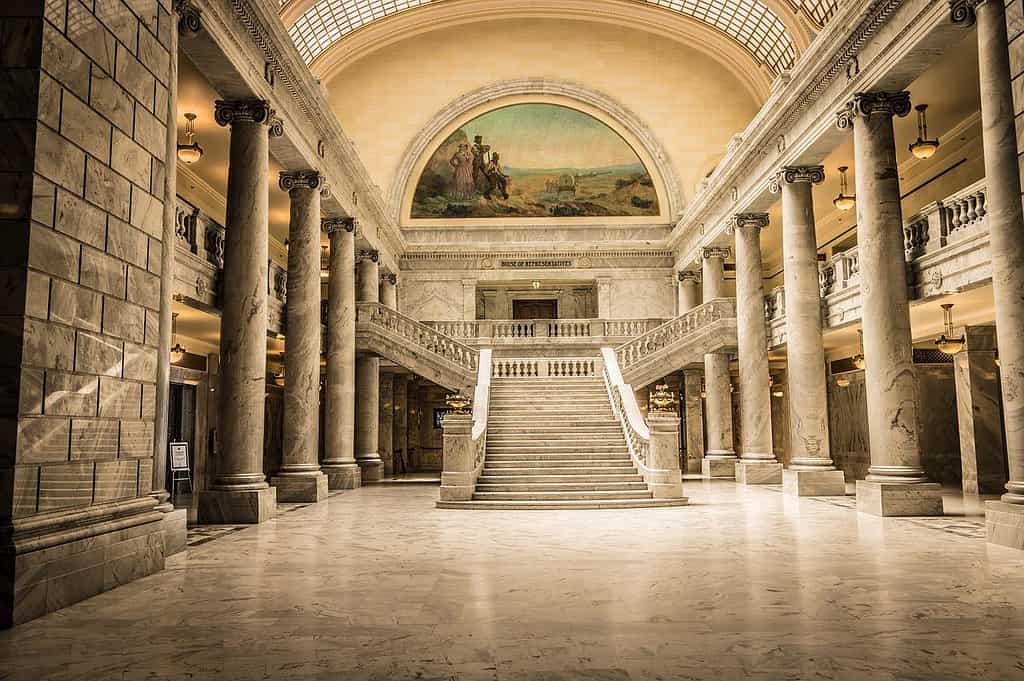
If you’d prefer to see the garden year-round, visit during the spring when it blooms with 450,000 bulbs. The summer brings in the brightest blooms, and the gardens also feature a wide variety of flowers, lilac bushes, and a crab apple tree collection. If you’d rather enjoy a hike, Red Butte Garden also offers miles of trails, and various events take place throughout the year.
For something a little more relaxed, check out the Red Butte Garden, which is part of the University of Utah. Located on over 100 acres of pristine landscapes, this garden is one of the largest botanical gardens in the Intermountain West. The garden boasts more than 21 acres of gardens, horticultural habitats, and hiking trails. The garden is known for its spectacular collection of plants, as well as its educational programs and outdoor summer concerts.
Grand Staircase-Escalante National Monument
Located within two hours of world-famous national parks, the Grand Staircase-Escalante is a spectacular place to see the area’s natural beauty. It is also considered one of the most important places in the world to find dinosaur fossils, with over 400 sites lost due to shrinking monument boundaries. Fortunately, it’s still possible to get there and enjoy the natural beauty it has to offer.
Located north of Flagstaff and east of St. George, the Grand Staircase-Escalante National Monument has a vast area of slickrock canyons and desert. It has ancient prehistoric settlements, old west ranch land, and miles of back roads that wind through the area. You can hike, bike, and swim under waterfalls, and explore the area’s many geological features.
The Grand Staircase-Escalante was established in 1996 as a national monument. Its remoteness and rugged terrain have earned it the nickname “Science Monument” due to the discovery of numerous ancient species. In fact, it is the last part of the lower 48 to be cartographed. You will be awed by the geology and history of this region.
The Grand Staircase-Escalante is a must-see whether you enjoy hiking, camping, or exploring ancient Indian pictographs. There are plenty of places to hike and explore at this stunning place, and the views will keep you entertained for days. It is also one of the best places to visit in Utah for outdoor enthusiasts and scientists.

